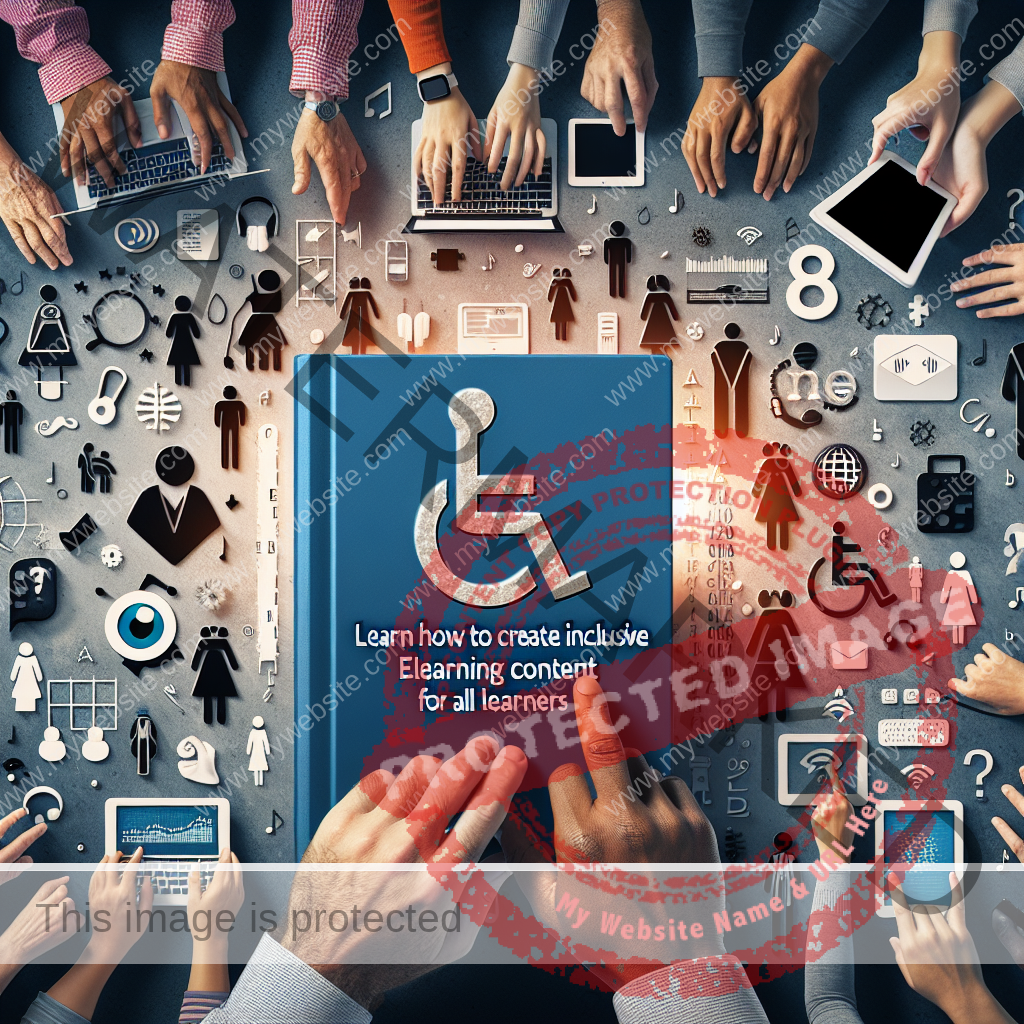The Importance of Accessibility in eLearning
Being an eLearning developer, it’s vital to emphasize the significance of designing content that is inclusive and provides equal learning opportunities for all students. Making eLearning accessible allows students with special educational needs to participate and benefit from online courses. With over a billion people worldwide living with special needs, incorporating accessibility features in eLearning tools becomes crucial. Following standards like the Web Content Accessibility Guidelines (WCAG) and legislation such as the Americans with Disabilities Act (ADA) ensures that our eLearning content can reach a broader audience, promoting inclusivity and learner satisfaction.
Key Principles of Accessible eLearning Design
To create truly accessible content, designers should focus on principles like ensuring content is understandable, navigable, concise, and robust. By making information and interface elements easily understandable, providing smooth navigation options, delivering clear and concise content, and supporting various assistive technologies, a more inclusive learning atmosphere can be established.
1. Meaningful Visuals And Multimedia
Meaningful visuals and multimedia play a crucial role in accessible eLearning design. This involves adding alternative text to images, incorporating video captions, and using text or color combinations for clarity. Offering multiple content representations, such as audio, text, and visual materials, ensures that all learners can access and benefit from the materials.
2. Simplify Navigation
Developing an intuitive interface with clear instructions and simple navigation is fundamental for accessible eLearning design. Consistent layouts and easy keyboard or screen reader navigation can enhance the inclusivity and user-friendliness of courses.
3. Incorporate Multiple Representations
By utilizing various content formats and providing text transcripts for audio, text descriptions for interactive elements, designers can cater to diverse learning styles and preferences, making the content engaging and accessible to a broader audience.
Tools and Technologies for Accessible eLearning
Various tools and technologies can significantly aid in creating accessible eLearning content. Authoring tools with accessibility features, color contrast analyzers, and accessibility checkers help ensure that courses adhere to accessibility standards, delivering a better learning experience for all students.
Conclusion
Accessibility in eLearning goes beyond a mere checklist; it is about fostering an inclusive learning environment where everyone can excel. By prioritizing accessibility and leveraging appropriate tools and technologies, we can establish a more inclusive and impactful learning space for all learners. Organizations need to prioritize accessibility in eLearning content creation to comply with standards and cultivate a fair and inclusive educational landscape for the future.
If you want to explore more on this topic, visit the original source: [original title]
















